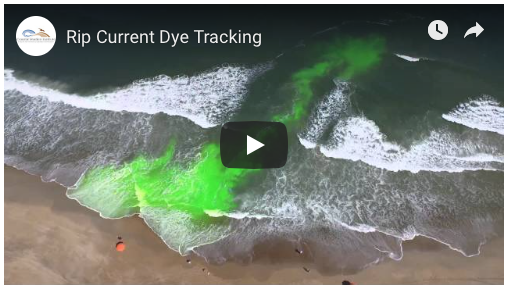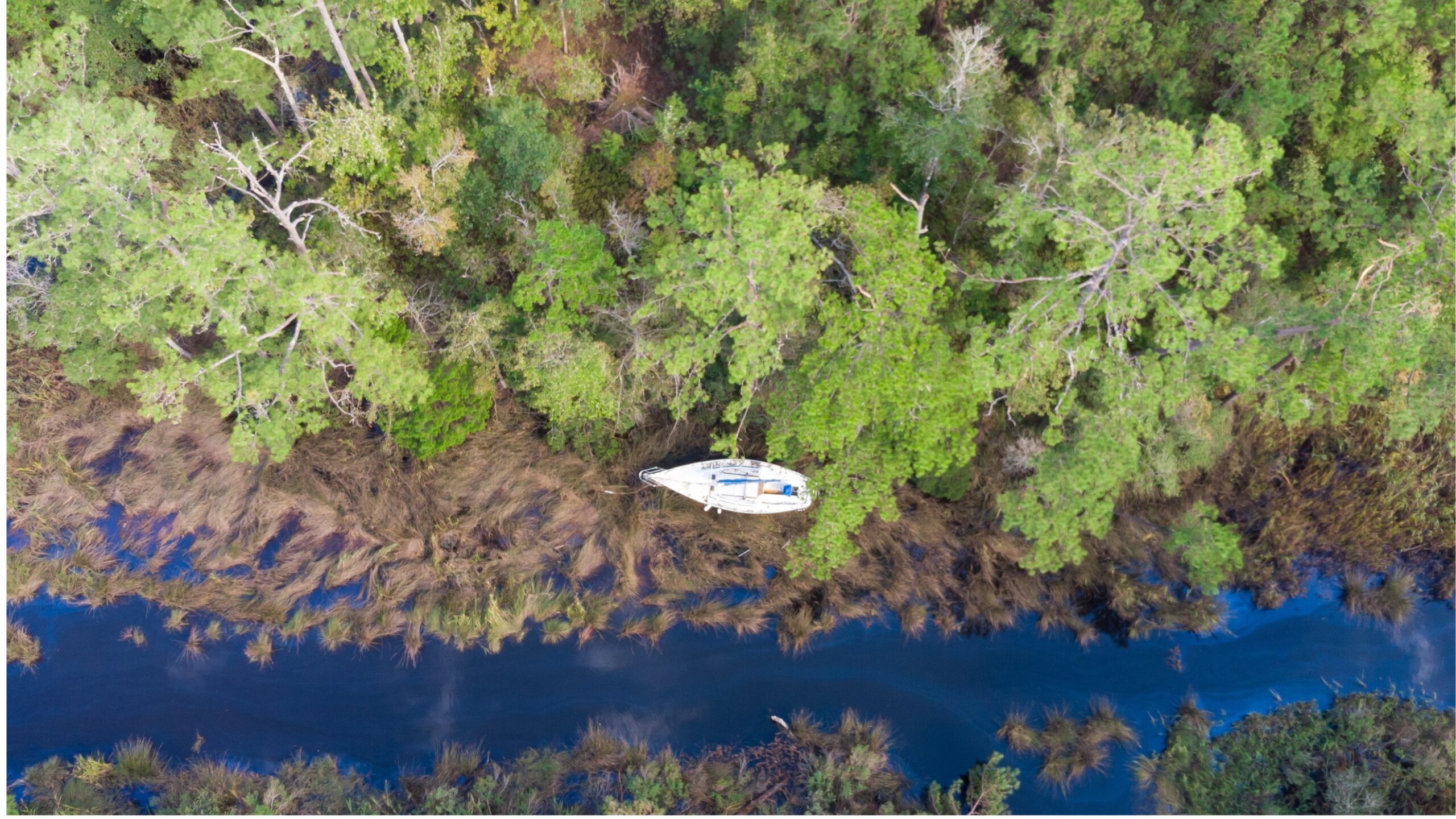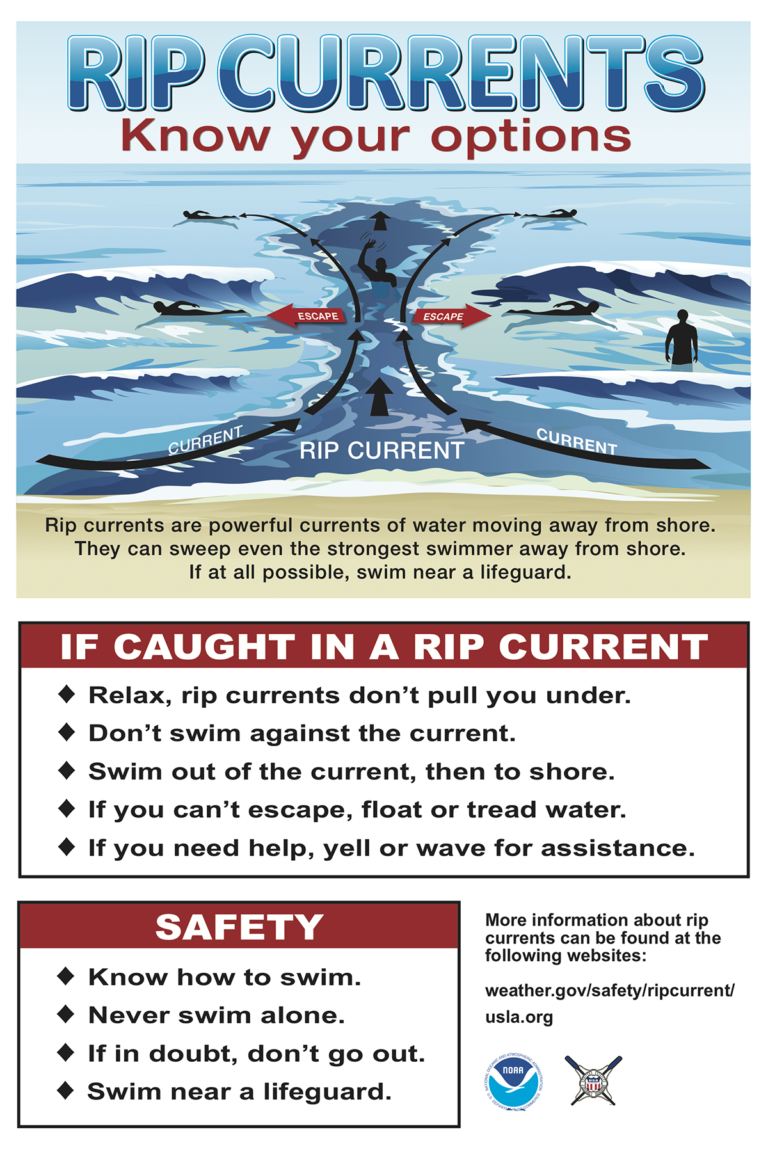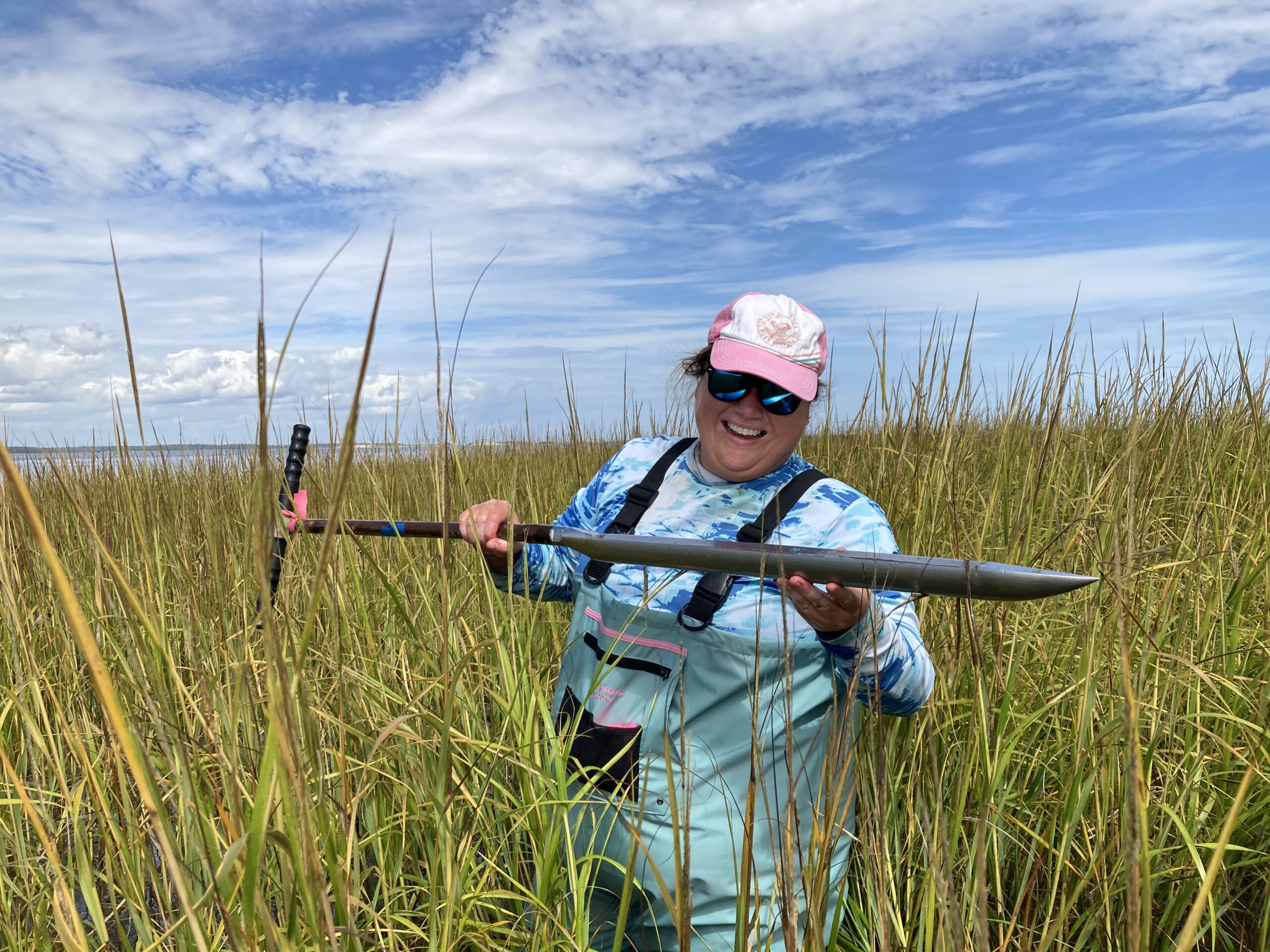Rip Currents: Know Your Options

Above: A national team developed this updated rip current safety graphic. This and other materials are available online at ripcurrents.noaa.gov. NOTE: the National Weather Service has issued cautions for moderate risks of rip currents today on many North Carolina beaches, with similar conditions expected to continue into the weekend.
Contact:
Katie Mosher, 919-515-9069, kmosher@ncsu.edu (subject line: Rip currents products)
With Independence Day celebrations extending into a long weekend for many, North Carolina’s coast will have a surge of visitors. While these trips are fun, beach-goers always should keep safety in mind. Already this year several deaths in the state have been attributed to rip currents.
North Carolina Sea Grant’s rip current expert, Spencer Rogers offers key reminders to all who visit the beach:
- Rip currents are powerful — and can pull even strong swimmers far away from the shore.
- Never swim alone. Do not allow children to swim or play in surf alone.
- If in doubt, don’t go out.
To spot a rip current, look for:
- A narrow gap of darker, seemingly calmer water between areas of breaking waves and whitewater.
- A channel of churning, choppy water.
- A difference in water color.
- A line of foam, seaweed or debris moving seaward.
How to Survive a Rip Current
- Relax. Rip currents don’t pull you under.
- Don’t swim against the current.
- You may be able to escape by swimming out of the current in a direction following the shoreline. Or swim toward breaking waves, then at an angle toward the beach.
- You may be able to escape by floating or treading water if the current circulates back toward shore.
- If you feel you will be unable to reach shore, draw attention to yourself: Yell and wave for assistance.
Rogers suggests having a cell phone with you for emergencies. Text all in your group to ensure they have the street address or beach access point identified. “But your focus should be on loved ones who are with you, not on posting photos or videos from the beach,” he adds.
These — and other tips listed below — are part of an ongoing campaign by a task force that includes the National Oceanic and Atmospheric Administration, U.S. Lifesaving Association, and experts in National Weather Service forecast offices and Sea Grant programs around the nation.
Safety Mission
For Rogers, North Carolina Sea Grant’s coastal construction and erosion specialist, increasing awareness of rip currents in the surf zone has been a 40-year mission — one that includes research and partnerships at the local, state, national and international levels.
“This is a critical issue. There’s a never-ending flow of new beach visitors unfamiliar with rip currents,” he says.

Rogers is a founding member of the national task force that recently released updated rip current safety materials, including a main graphic, as well as a sign and brochure with tips.
“The new edition is about the fifth generation of rip current signs and educational materials,” explains Rogers, North Carolina Sea Grant’s coastal construction and erosion specialist. His tally includes earlier versions from North Carolina Sea Grant, as well as the national products.
“It’s part of a continuing research effort to ensure they’re effective,” he adds. Rogers explains that rip current safety is part of an endless education process.
Signs are posted at beach access points and brochures are available from rental companies and welcome centers. “We can’t always be there before novice beach users jump in the water, but these messages can be there,” Rogers says.
While the older edition of the sign is still valid and useful — with hundreds in place along the N.C. coast — the updates “continue to improve and clarify the message,” Rogers explains.
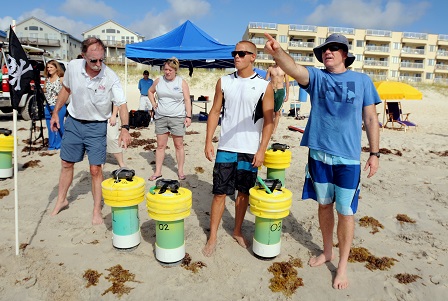
The new centerpiece graphic design came from a collaboration between the U.S. task force and Surf Life Saving Australia. Rogers also works with University of New South Wales coastal geomorphologist Rob Brander on rip current research, paying particular attention to North Carolina’s coastline and barrier islands.
For example, Rogers used drifters with GPS to track rip current flow. “Our results inform the development of materials for the public, as well as for my talks to ocean rescue leaders.”
North Carolina Sea Grant is in the process of printing new signs and brochures. Communities, businesses and organizations interested in bulk orders should contact Katie Mosher at 919-515-9069. Or send an email to kmosher@ncsu.edu and use the subject line: Rip currents products.
“We are proud that our messages are based on science,” Mosher says. “If we save one life, it is worth all our efforts.”
More Tips
Rip currents are channeled currents of water flowing away from shore at surf beaches. They typically extend from near the shoreline, through the surf zone and past the line of breaking waves.
North Carolina Sea Grant, with NOAA and the U.S. Lifesaving Association, share the following reminders:
Rip Precautions
- Only swim at a beach with lifeguards. The chances of drowning at a beach with lifeguards are 1 in 18 million, according to USLA.
- Don’t assume! Great weather for the beach does not always mean it’s safe to swim or even play in the shallows. Rip currents often form on calm, sunny days.
Before You Go
- Check the local National Weather Service surf zone forecasts. NWS forecast offices serving N.C. beach communities participate, as do many others around the nation, including in the Great Lakes region. You also can ask your hotel or rental agency for sources of reliable information from local officials.
- Know how to swim BEFORE you venture in. Swimming in a pool is NOT the same as swimming at a surf beach with crashing waves, winds and dangerous currents. Changing ocean currents and winds can quickly exhaust your energy and strength.
- Know your location: Street address or beach access point. 911 operators will not know the name/location of your rental house.
At the Beach
- Read the beach safety signs at the entrance to the beach. Once on the beach, look for warning or surf status flags that some communities post.
- Talk with the lifeguard. Before jumping in, make sure you are aware of the water’s conditions.
- Know where life ring or flotation device stations are located. Better yet, bring your own!
- Never let children swim alone.
How to Help Someone Else
- Don’t become a victim while trying to help someone else!
- Get help from a lifeguard.
- If a lifeguard is not present, call 9-1-1, then try to direct the victim to swim following the shoreline to escape.
- If possible, throw the rip current victim something that floats.
- Never enter the water without a flotation device.
Additional Online Resources
- For more materials and information related to rip current safety, visit NOAA’s rip current website.
- A new rip current sign can be printed or shared electronically.
- A new rip current brochure is available for download.
- The NOAA website also has beach safety materials in other languages.
- North Carolina Sea Grant’s Rip Currents page contains research results and other information.
Videos
- Greg Dusek with NOAA’s Ocean Service completed his doctorate in North Carolina and conducted rip current research off the coast. He filmed a webinar to share safety information.
- Dare County also published a video on rip currents called “Love the Beach, Respect the Ocean.”
- This Coastal Studies Institute video shows rip current dye tracking.
##
- Categories:
